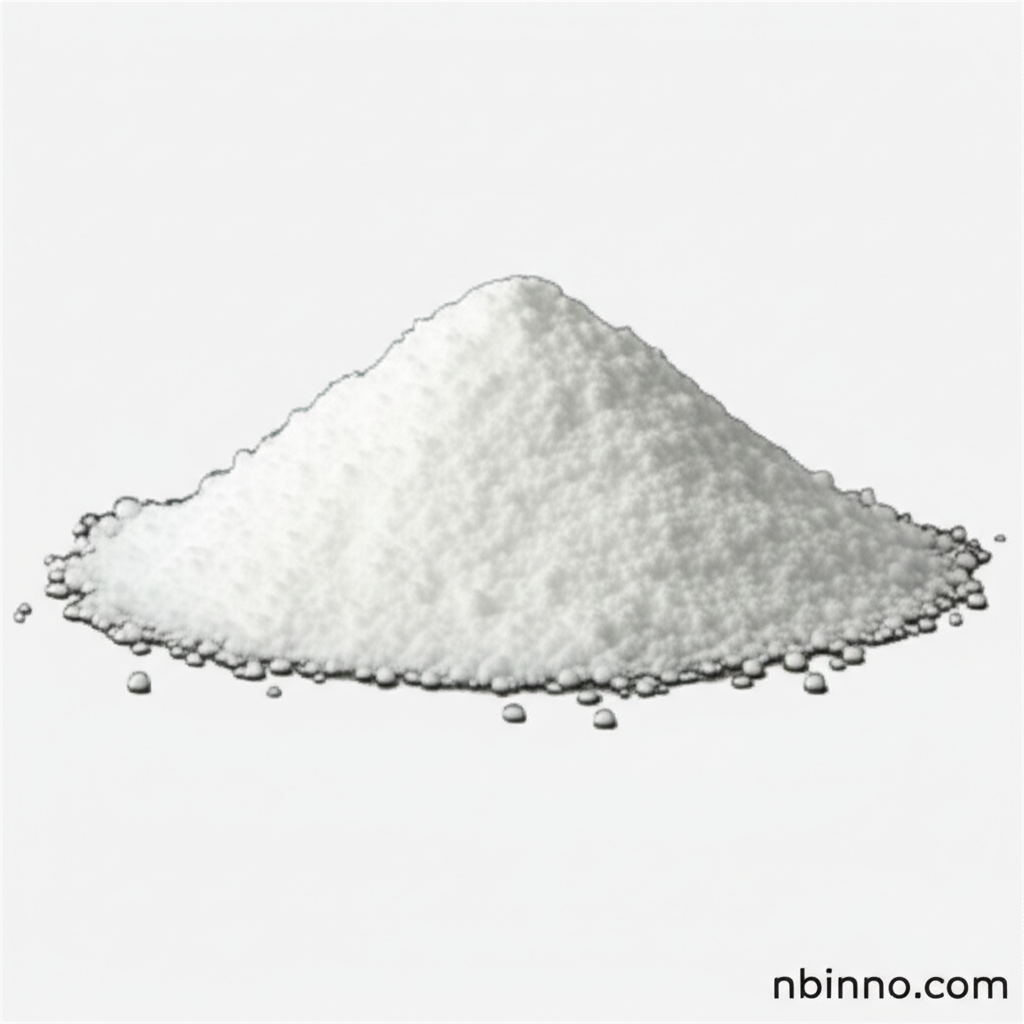Sorbitan Monostearate (Span 60): Properties and Applications
Discover the versatile uses of this essential non-ionic surfactant in food, pharma, and beyond.
Get a Quote & SampleProduct Core Value

Sorbitan Monostearate
Sorbitan Monostearate, also known as Span 60, is a non-ionic surfactant with a unique molecular structure that makes it an invaluable ingredient across many industries. Its primary role is to facilitate the mixing of oil and water, acting as a powerful emulsifier, dispersant, and wetting agent. This chemical intermediate is synthesized from sorbitol and stearic acid, ensuring a stable and effective performance in diverse formulations.
- Discover the wide sorbitan monostearate uses in various industrial applications, ranging from food stabilization to cosmetic formulations.
- Explore the detailed sorbitan monostearate properties that make it a preferred choice for formulators seeking reliable emulsification.
- Understand why Span 60 surfactant is critical in creating stable emulsions, crucial for product efficacy and shelf-life.
- Learn about the specific benefits of using sorbitan monostearate as a food additive, ensuring product quality and texture.
Key Advantages
Exceptional Emulsification
The ability of sorbitan monostearate applications to effectively bridge oil and water phases is a primary advantage, enabling stable W/O emulsions.
Enhanced Dispersion
This non-ionic surfactant aids in evenly dispersing solid particles in liquid media, a critical factor in many chemical and food products.
Superior Stability
Sorbitan monostearate exhibits excellent stability against metal ions and varying pH levels, ensuring consistent performance in challenging environments.
Key Applications
Food Industry
As a vital sorbitan monostearate food additive, it enhances texture and stability in baked goods, dairy products, and confectioneries.
Pharmaceuticals
In pharmaceutical formulations, it serves as an excipient, improving drug delivery and product stability for creams and ointments.
Cosmetics
Its emulsifying and moisturizing properties make it a common ingredient in skincare, lotions, and makeup for its smooth application.
Textiles
Used as an antistatic agent and softener for synthetic fibers, improving the handling and performance of textile materials.
